Range is glamorous. And big batteries have a wow factor that appeals both to luxury shoppers expecting excess and to tech-savvy people for the mind-boggling amount of energy packed neatly under the floor.
It’s easy to understand the mindset. The idea of a 400-, 500-, or 600-mile range in an electric vehicle appeals to the same side of the American car-buying psyche that needs four-wheel drive for one day a year, or a high towing rating for pulling a fantasy boat to the dock...someday.
But it’s worth pointing out—and emphasizing—that big batteries aren’t the greenest way to go electric. They might not even be the best way forward to get a lot of people into electric cars.
Efficiency is good and helps EVs go farther with less
First off, let’s not confuse the push for more efficient electric cars with the idea of simply packing in more battery capacity to go more miles. Greater efficiency and squeezing more miles out of a battery is a good thing. Tesla has it mastered, with the Model 3 and Model Y standing as market leaders in how they can do what matters: wring the most miles out of every kilowatt-hour of battery capacity on board.
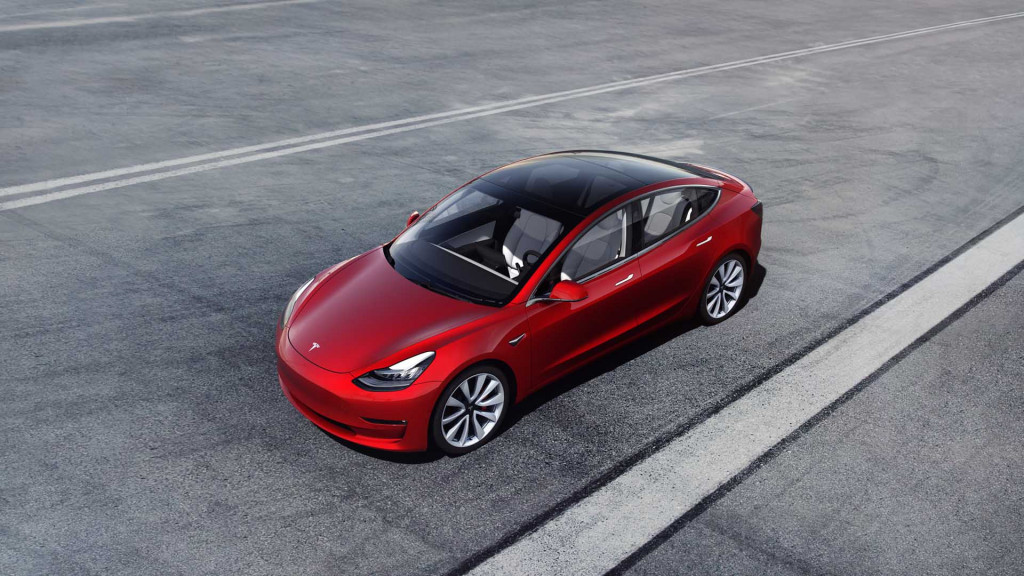
2020 Tesla Model 3
As the International Energy Agency pointed out this month in an annual report on the EV market, battery cells will continue to make rapid progress in energy density (in kilowatt-hours per weight of your choice). As it noted, increasing the energy density of batteries won’t just reduce the costs of the cars but also will help reduce the battery manufacturing emissions and the life-cycle carbon impact of the cells.
Super-size batteries, and a bigger-is-better mindset
That said, the pace of that progress might be slowed by a prevailing trend among EV makers: go big with the battery pack.
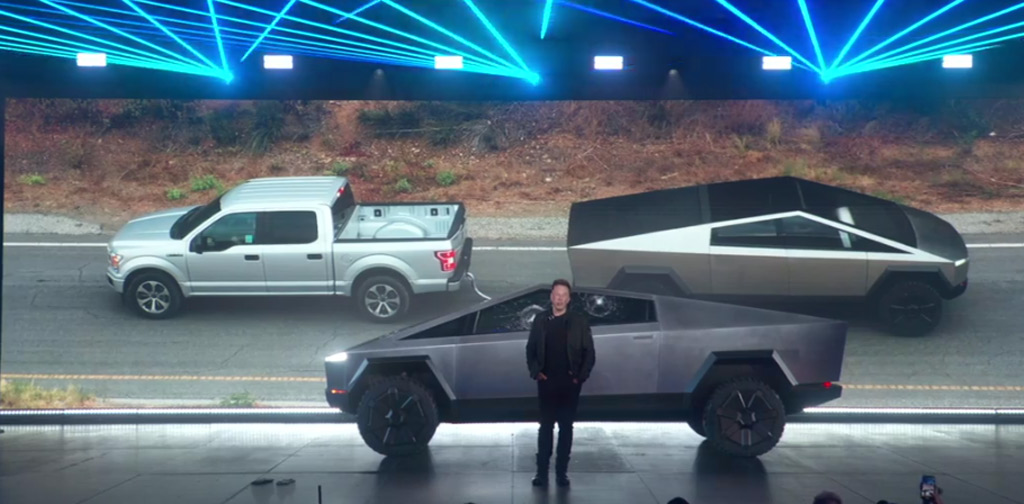
Tesla Cybertruck live unveiling - November 21, 2019
Tesla is offering its Cybertruck in a version that it claims will offer “500+ miles” of EPA-rated range. With the Cybertruck’s full-size truck dimensions, stainless steel body, and claimed capabilities, it’s not going to be a particularly light truck—and that means a huge battery pack, perhaps in the vicinity of 200 kwh.
GM revealed a mammoth, double-layer, 200-kwh battery pack as part of its Ultium propulsion technology for next-generation EVs. The largest pack is likely to be used for many of the first of these EVs from the company, including the GMC-Hummer EV.
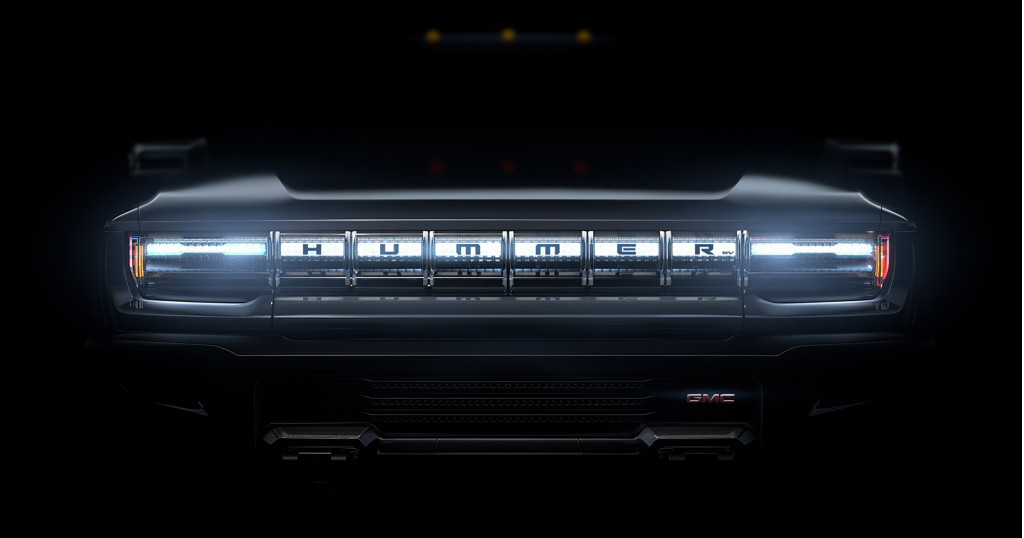
GMC Hummer EV
Its battery chief recently said that the company sees a viable path to double energy density and, rather than pointing out that the company could reduce the number of cells, he noted that it could enable a 600-mile range.
The headline at one Detroit-entrenched auto publication was: “GM unveils battery twice as big as Tesla’s.”
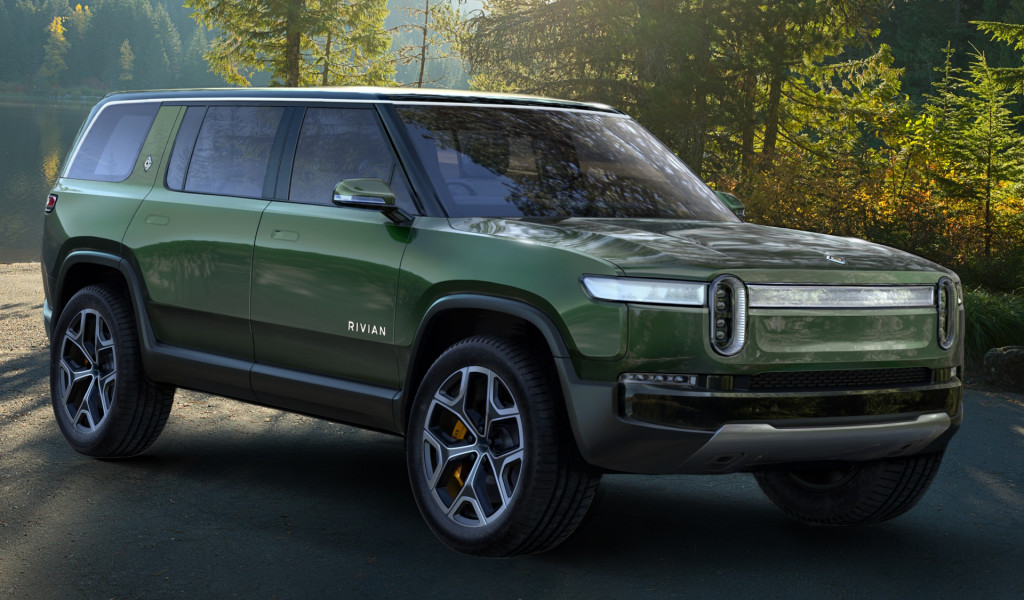
Rivian R1S
Rivian aims to use battery packs as large as 180 kwh for the R1T and R1S electric trucks. Lucid plans to use a pack of about 110 kwh to likely get well beyond 400 miles of EPA-rated range; however CEO Peter Rawlinson emphasized that the gauge of “the potency of any one company’s technology” isn’t how far it can go on a charge but how many miles you can travel with a given amount of energy.
More humble beginnings
To give you an idea of how far the market has come in seeing more range as a be-all end-all, the first generation Nissan Leaf started at 24 kwh, for a range of 84 miles, and the e-Golf started at about the same. Today the Leaf starts at 40 kwh, and the Plus marketed more often packs 60 kwh. Above that there's a set of vehicles including the Chevrolet Bolt EV, Kia Niro EV, and Hyundai Kona Electric that each offer more range. Volkswagen is planning to offer a 48-kwh battery pack for the U.S. in at least one of its upcoming MEB electric models, but it’s suggested that most will have a significantly larger pack.
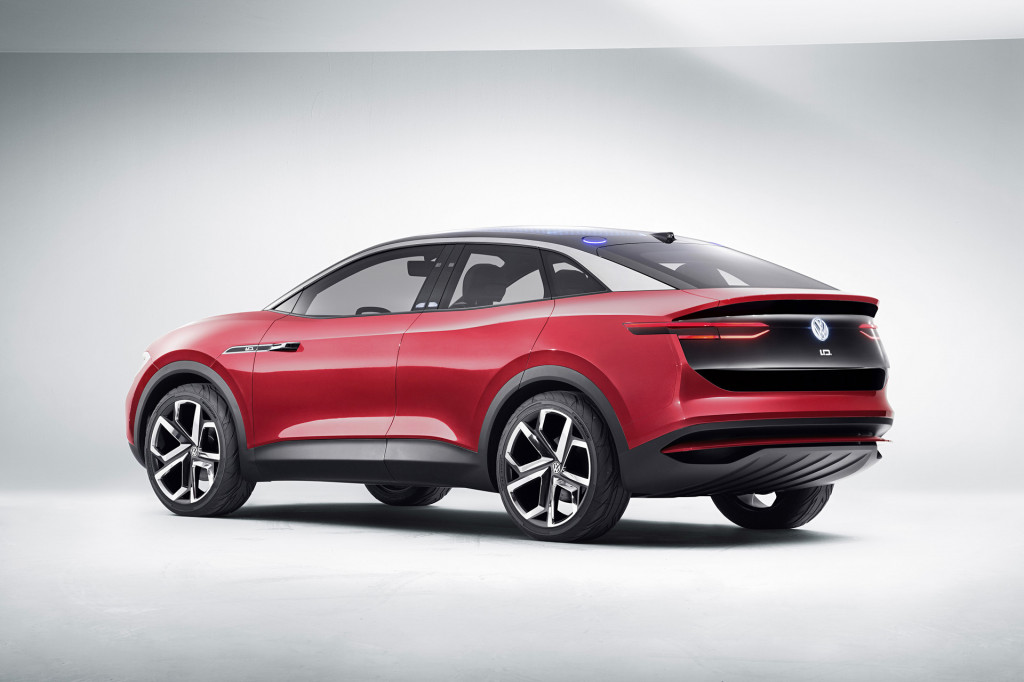
Volkswagen ID Crozz concept
Going big with batteries isn’t greener or grander for a multitude of reasons. Battery cells cost a set amount, and you’re packing in more of them (at a price of about $150/kwh, at the cheap end of the scale), so vehicle cost goes up for automakers. And so the sticker price goes up.
The resulting car weighs more (roughly 15 pounds more per kwh of cells, at current common energy densities) and the efficiency is likely to go down somewhat as a result.
Vehicles with big batteries also take a long time to charge at home, which puts a heavier load not just on efforts to have people charge at off-peak times but also on public charging infrastructure.

VW Battery Packs
Substituting in more energy-dense cells, increasing range, and keeping the same size battery pack might sound like a win-win. Yet it begs the question of: Why not work the other way, and say that greater energy density allows smaller, lighter, less resources-intensive battery packs?
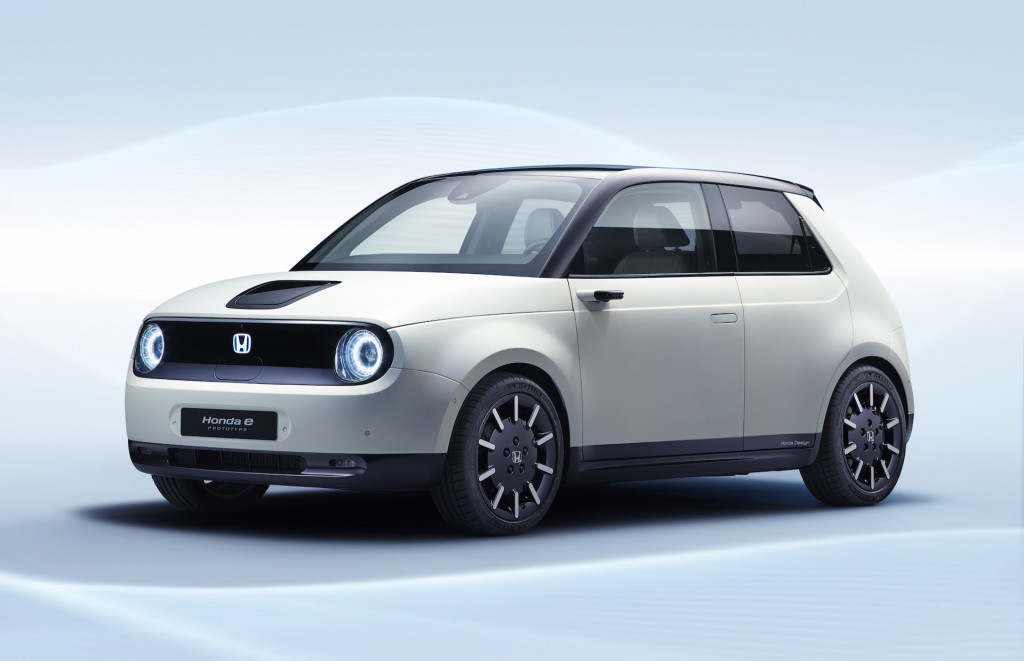
2020 Honda E prototype
In Europe that’s closer to the line of thinking, and EVs like the Honda E, the next-generation Fiat 500e, and a long list of city-savvy compact vehicles don’t load up on excess batteries. With dense fast-charging infrastructure, and road-trip charges in about the time of a quick lunch, weekend getaways aren’t out of the question either.
Double, triple the average commute: still not enough?
In the U.S., efforts to provide a vehicle with less battery have been perceived as flops—the Honda Clarity Electric, for instance, or the Hyundai Ioniq Electric when it was rated at 124 miles (it’s since been boosted to 170).

2020 Hyundai Ioniq Electric
Sam Abuelsamid, the principal analyst for e-mobility with Guidehouse Insights, noted that customers tend to buy vehicles for their 95th (or 99th) percentile use-case even if they don’t need that functionality.
“Most people could buy a 100-150 mile EV for virtually all their driving and rent an SUV for the summer road trip,” said Abuelsamid. “Even for those in states with cold winters, a 200-250 mile EV would more than suffice.
“In short, car buyers are not rational and never have been. Thus automakers are scrambling to build 300+ mile EVs because consumers say they want to go anywhere, anytime. How many people do you know that have ever actually driven across the country?” he added.
This isn’t a momentary market trend, either, as more EVs at the top end of the market are released. Guidehouse Insights projects that the average EV battery capacity will grow from about 68 kwh today to about 80 kwh in 2030. During that same range, Abuelsamid expects the average rated range of EVs to be 320 to 340 miles.
In the meantime, range is flexibility in the U.S.
On the charging front, Abuelsamid makes an interesting point: Long-range EVs give apartment-dwellers or those in multi-family buildings the option of charging once every week or two from a public charger. Europe and China have been more aggressive in their deployment of charging infrastructure, but as we recently noted the U.S. is due to catch up by 2030.
Battery trendlines could change dramatically due to the coronavirus slowdown, too. Bloomberg noted earlier this month that worldwide demand for lithium-ion batteries of all kinds is expected to decline for the first time in many years. It’s not yet clear whether this adjustment will result in even cheaper battery costs or whether, as the result of production declines, it will slow the pace of progress.
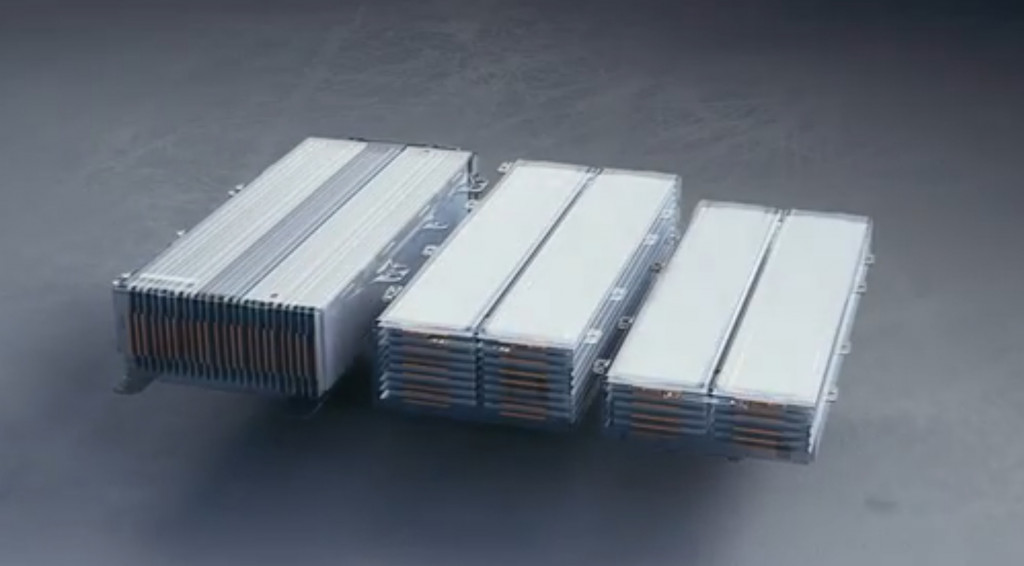
GM Ultium battery - cell stacking
In the meantime it might be helpful for Americans who are pondering a future electric vehicle to think about the battery pack more like how you might have considered a bigger engine in the past. Do you really need the big V-8, or are you perfectly happy with the slant-six? It's not glamorous, but you'll be lightening your load—both literally and in your carbon footprint.
And seriously, what's enough today? What will you consider with your next EV, or what would it take to make the leap? Please leave your comments below.













